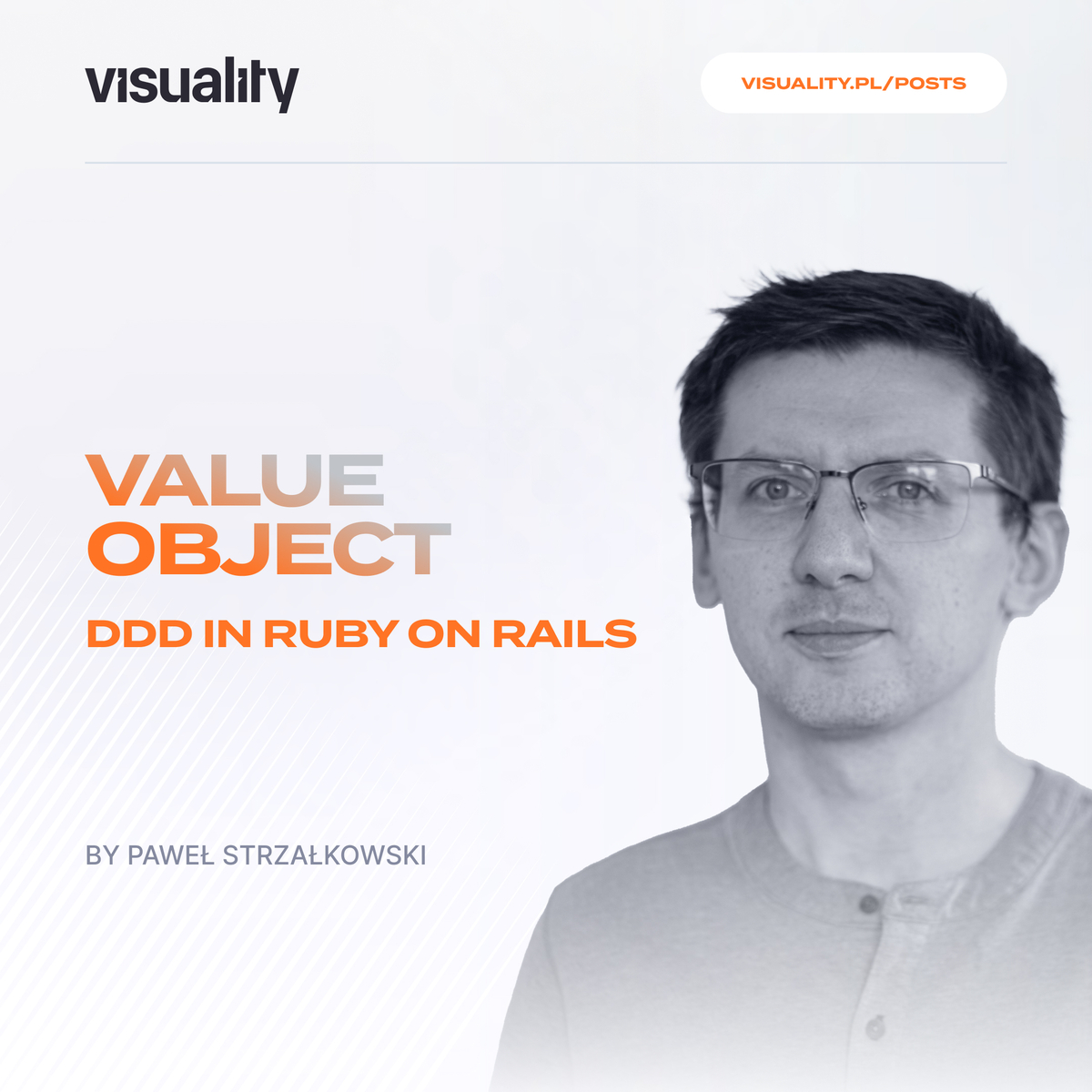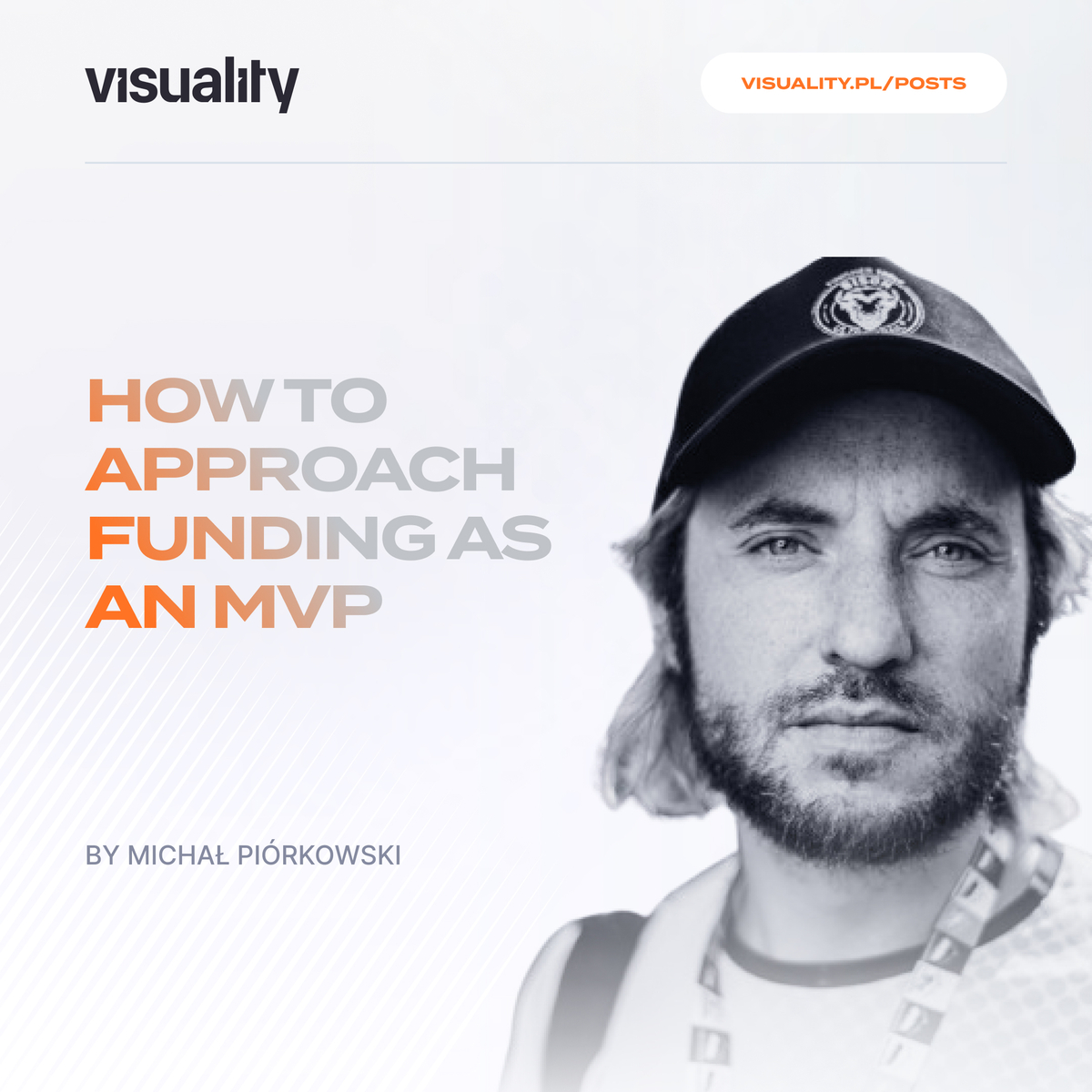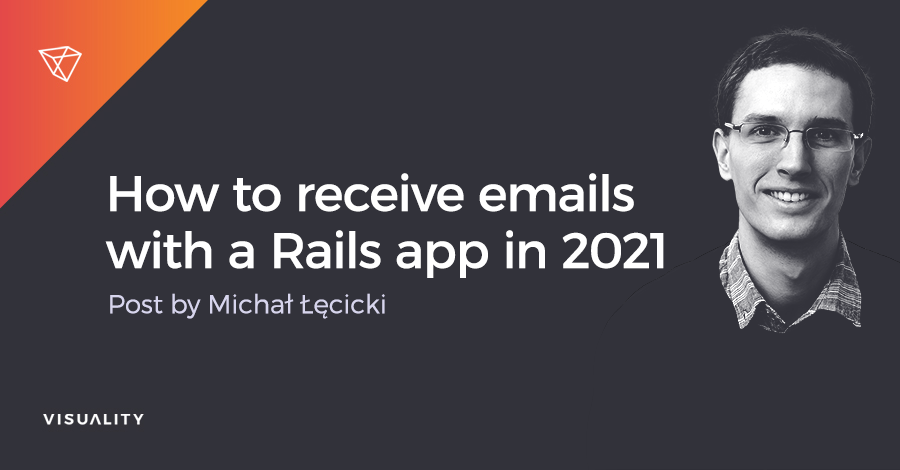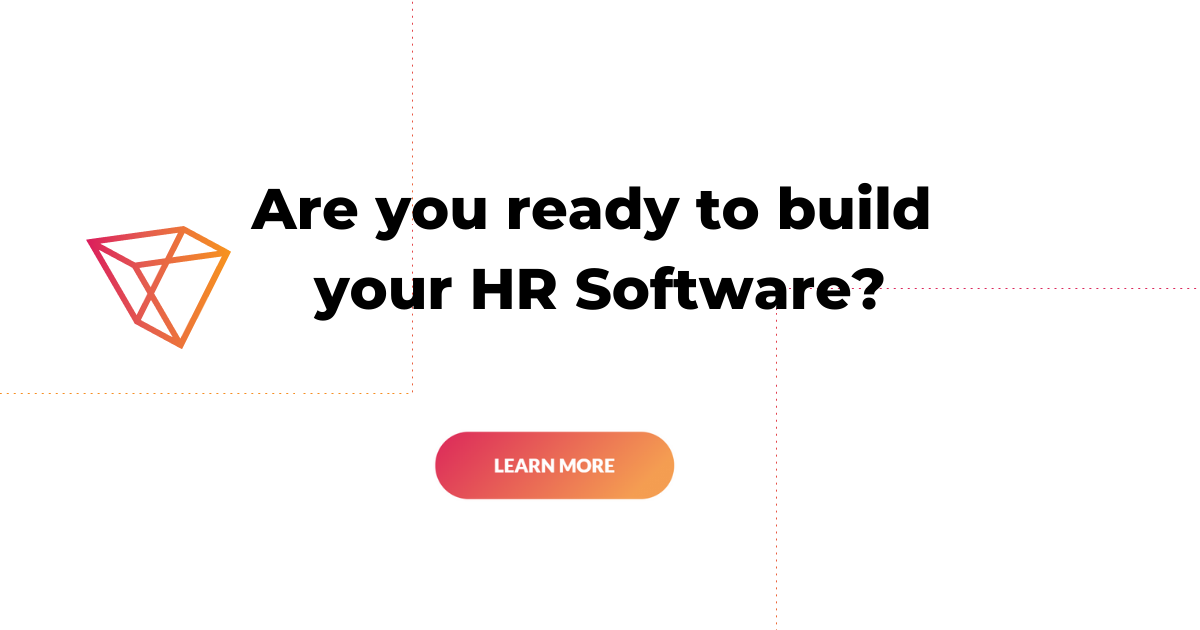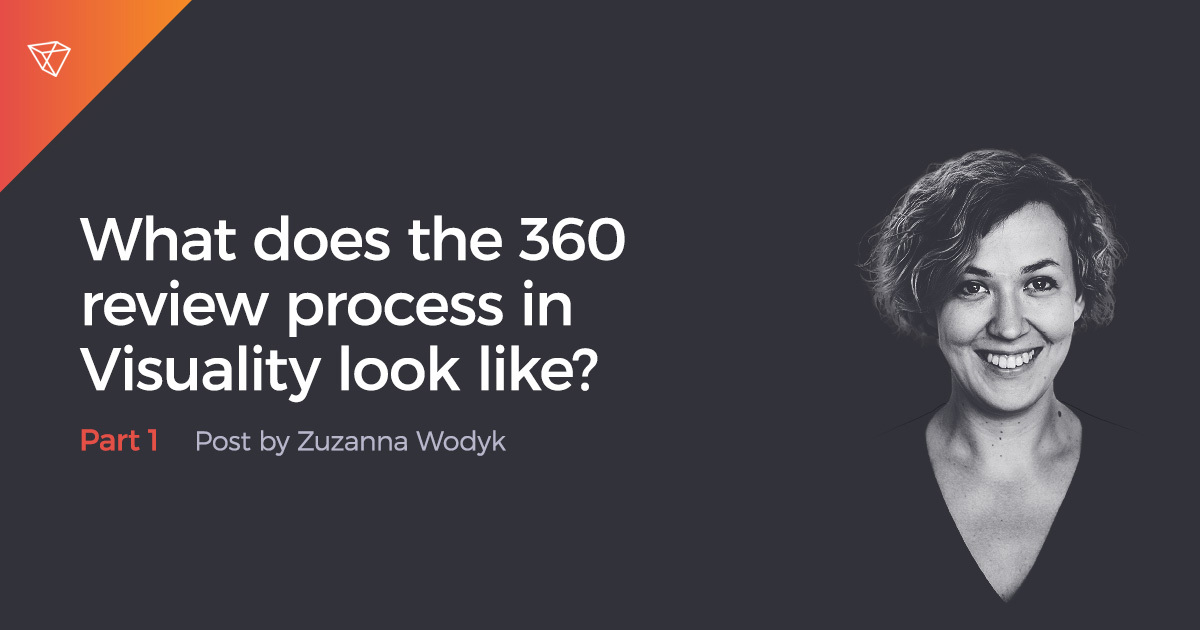Not Invented Here (NIH) Syndrome is the tendency of organizations to reject suitable existing solutions in favor of dedicated, internally-developed ones, believing that the use-cases they face are so unique that no external solution could ever fit their needs. The result of this belief in being a special snowflake is often wasting hours on reinventing the wheel and later even more time needed for onboarding each new team member with the intricacies of each custom solution.
In many projects, one the first important architectural decision is the API design. The shape of the API requests and responses will define the way frontend and backend communicate with each other and will serve as a contract between those two parties throughout the project. Given the gravity of this choice, countless meetings and discussions are held over the topic of what convention and formatting to adopt and almost always there are as many opinions as there are developers.
Introducing JSON API
JSON API is a light and extendable specification for how the RESTful API requests and responses should be formatted. It's a proposition based on the combined outcome of many such design meetings already held. It's not an implementation, nor a ready-to-go framework, just a set of written rules and suggestions to adhere to. The importance or optionality of each rule is specified with the key words "MUST", "SHOULD", "RECOMMENDED", "MAY" etc.
It has been around since 2015 in its stable version and has it's own registered mime-type Content-Type: application/vnd.api+json to be used by both the client and server to exchange data.
Example of a JSON API response
{
"data": [{
"type": "posts",
"id": "1",
"attributes": {
"title": "JSON API versus the NIH syndrome",
"excerpt": "Why JSON API is good for you",
"contents": "JSON API is a light and extendable specification for how the RESTful API requests and responses should be formatted...",
"date": "2018-04-09T12:00:00.000Z"
},
"relationships": {
"author": {
"data": {"id": "2", "type": "people"}
},
"comments": {
"data": {"id": "3", "type": "comments"},
"data": {"id": "4", "type": "comments"}
}
}
}]
}
JSON API aims to standardize the distinction between resource object's data attributes and its relationships with other resources, hence the type and id parameters are mandatory for each resource object, as they are used to connect various resources.
Sparse fieldsets
The above example may seem too verbose at first but the beauty of the JSON API is the optimization possibilities it offers. The main strategy is to have the endpoint include all the data available by default but to allow gradually cutting it down by specifying the needed fields in the request parameters.
GET /posts?fields[posts]=title,excerpt
{
"data": [{
"type": "posts",
"id": "1",
"attributes": {
"title": "JSON API versus the NIH syndrome",
"excerpt": "Why JSON API is good for you"
}
}]
}
This way the amount of data returned can be configured per-request, and any decision changes concerning which information should be displayed on the frontend side can happen without having to add or remove any fields in the backend implementation of the endpoint.
Optimizing the number of requests
Whereas the fields parameter allowed to reduce the amount of data sent, the include parameter aims to expand it.
GET /articles/1?include=author&fields[posts]=title,excerpt&fields[people]=firstName
{
"data": [{
"type": "posts",
"id": "1",
"attributes": {
"title": "JSON API versus the NIH syndrome",
"excerpt": "Why JSON API is good for you"
},
"relationships": {
"author": {
"data": {"id": "2", "type": "people"}
}
}
}],
"included": [
{
"type": "people",
"id": "2",
"attributes": {
"firstName": "Nadia"
}
}
]
}
By specifying which of the related resource objects should be fetched in the same request we can avoid cascading requests (GET /posts/1 then GET /posts/1/relationships/author).
Again this gives an almost GraphQL level of configuration power to the request maker, without the need of fully replacing the HATEOAS REST API and can be used as an introduction to some key concepts of GraphQL.
Filtering, sorting, and pagination
When it comes to handling the basic operations on multipage or categorized resource objects JSON API specifies a unified way of doing so, by using the page, sort and filter parameters, the last of which is pretty vague and leaves much freedom to the interpretation.
GET /posts?fields[posts]=title,date&page[number]=3&page[size]=2&sort=date
{
"meta": {
"total-pages": 10
},
"data": [
{
"type": "posts",
"id": "1",
"attributes": {
"title": "Some title",
"date": "2018-04-09T12:00:00.000Z"
}
},
{
"type": "posts",
"id": "2",
"attributes": {
"title": "Some other title",
"date": "2018-04-07T14:00:00.000Z"
}
}
],
"links": {
"prev": "/posts?page[number]=2&page[size]=2",
"next": "/posts?page[number]=4&page[size]=2"
}
}
The response can include a meta field, which can be used to fetch any extra data that doesn't represent a resource object, and the links field which represent the application links or api endpoints that can be queried for related information.
Implementations
JSON API itself is language- and implementation- agnostic. There are however a number of existing solutions that implement this standard, listed on http://jsonapi.org/implementations/. Including them in your project can make switching to JSON API painless and leave you free of API design woes and with more time to focus on the actual domain-specific problems of your projects.



